Original Conference Website: https://www.geomorphometry2025.org
Supporting Institutions
 |
Research Institute for Hydro-Geological Protection - National Research Council (https://www.irpi.cnr.it/) |
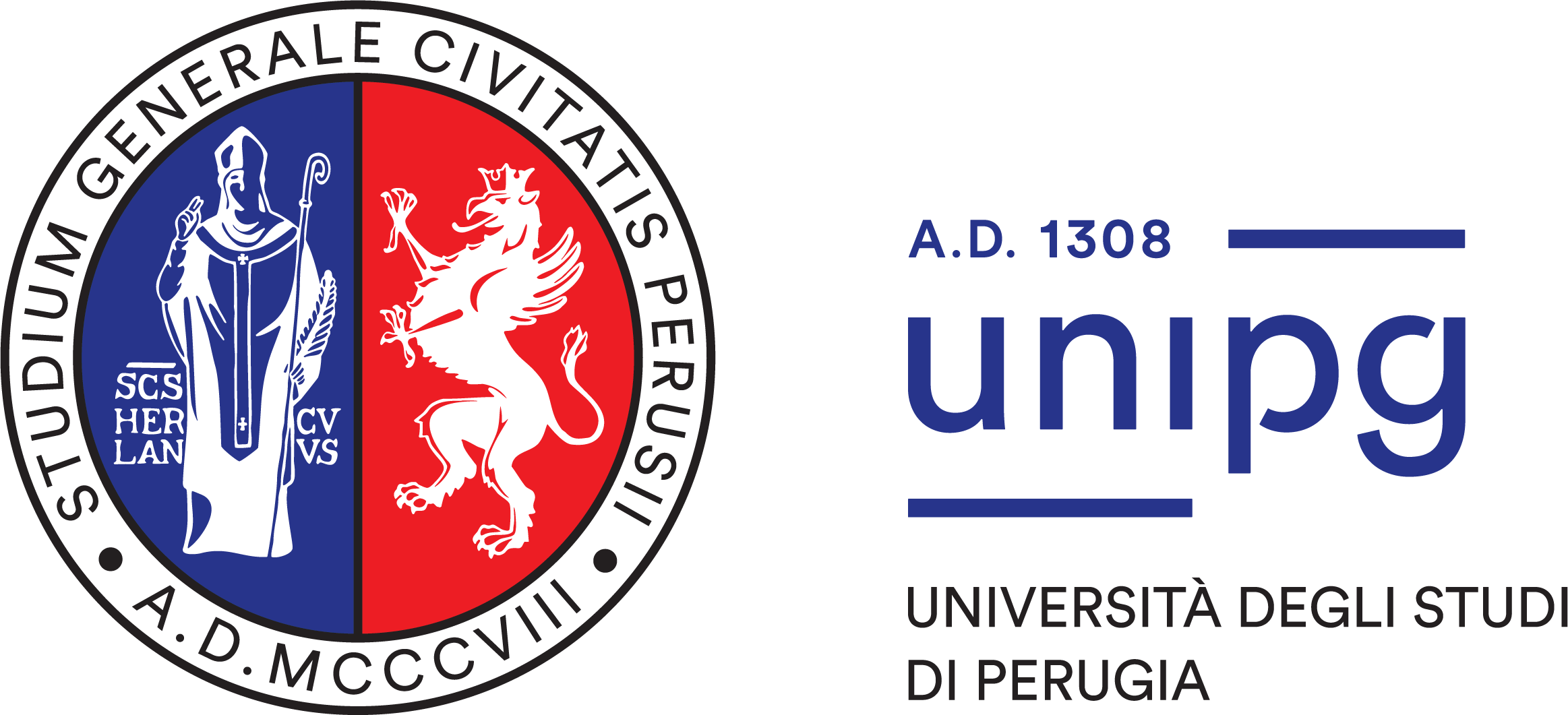 |
Department of Physics and Geology - University of Perugia (https://www.unipg.it/en/) |
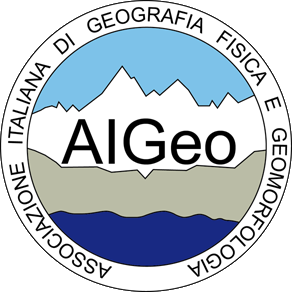 |
Italian Association for Physical Geography and Geomorphology (https://www.aigeo.it/) |
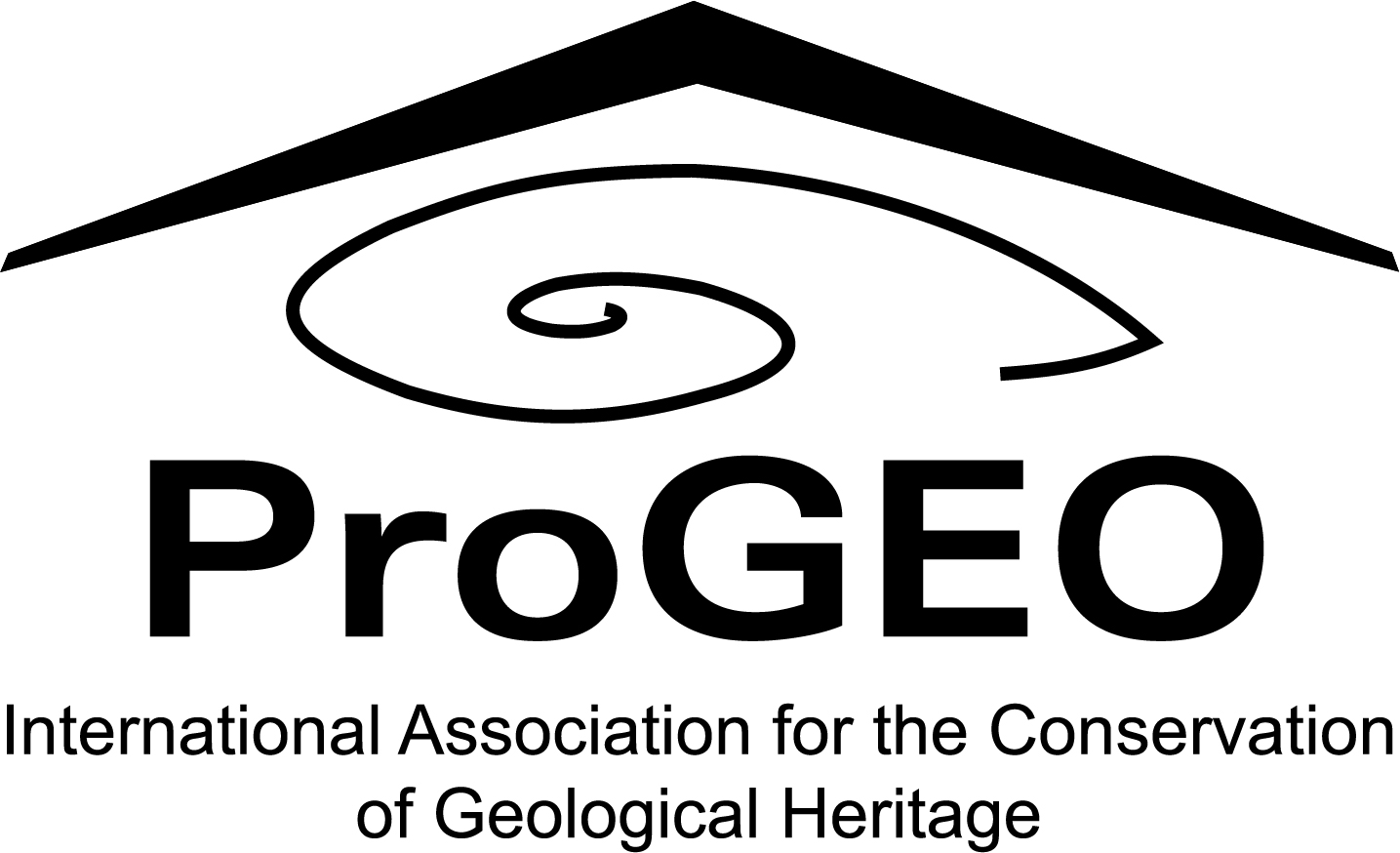 |
ProGEO - International Association for the conservation of geological heritage (http://www.progeo.ngo/) |
 |
DEMIX initiative |
 |
Project “URGERE: URban Geodiversity for a Resilient Environment” 2022M7EP3M_PE150pxPRIN2022 - PNRR M4.C2.1.1 - Funded by the European Union – Next Generation EU - CUP: B53D23007260006 (https://urgere-project.irpi.cnr.it/) |
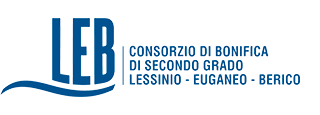 |
Consorzio di Bonifica Lessinio Euganeo Berico - LEB (https://consorzioleb.it/) |
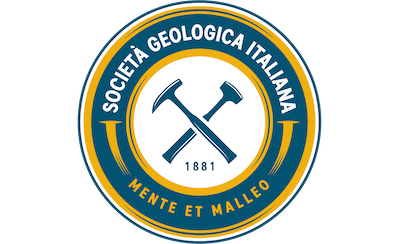 |
The Italian society for Geology (https://www.socgeol.it/) |
 |
The Italian Association for Applied and Environmental Geology (https://www.aigaa.org) |
Commercial Partners
 |
T4E S.R.L. |
 |
PUCCIUFFICIO - Digital Innovation (https://www.pucciufficio.com/) |
Proceedings book
SOON
Scientific Committee
- Alexander Brenning - Friedrich Schiller University
- A-Xing Zhu - University of Wisconsin
- Carlos Grohman - Universidade de Sao Paulo, Brazil
- Giuseppe Amatulli - Yale School of the Environment
- Hannes I. Reuter - European Commission
- Helena Mitasova - North Carolina State University
- Ian Evans - Durham University
- Jaroslav Hofierka - Pavol Jozef Safarik University
- John Gallant - CSIRO
- John Lindsay - University of Guelph, Canada
- Josef Minár - Comenius University in Bratislava
- Laurence Hawker - University of Bristol
- Lucian Dragut - West University of Timisoara
- Massimiliano Alvioli - CNR IRPI Perugia
- Mihai Niculita - University Al. I. Cuza
- Peter L. Guth - US Naval Academy (retired)
- Qiming Zhou - Hong Kong Baptist University
- Qin Cheng-Zhi - Chinese Academy of Sciences
- Robert A. MacMillan - LandMapper Environmental Solutions Inc.
- Samantha Arundel - USGS
- Scott D. Peckham - University of Colorado
- Sebastiano Trevisani - University of Venice
- Steve Kopp - ESRI
- Tomislav Hengl - OpenGeoHub Foundation
- Vincent Lecours - Université du Québec à Chicoutimi, Canada
Organizing Committee
- Massimiliano Alvioli - CNR IRPI Perugia
- Ivan Marchesini - CNR IRPI Perugia
- Laura Melelli - University of Perugia
- Giulia Sofia - Consorzio LEB
- Mihai Niculita - University Al. I. Cuza
Programme
Monday (09th June) – Day 1
| 08:00-08:45 | Opening Ceremony |
| 08:45-09:00 | Greetings |
| 09:00-09:45 | Keynote: Sebastiano Trevisani Roughness who? |
| 09:45-10:00 | Peter Guth Time to Revamp the Slope Algorithm and KISS? |
| 10;00-10:15 | Scott Peckham Computing Channel Slope from a DEM: A Review of Issues and Two Algorithms |
| 10:15-10:30 | John Lindsay A minimal dispersion flow algorithm |
| 10:30-10:45 | Daniel Newman and Yuichi Hayakawa Probabilistic surface change detection with a 2-d array of robust adaptive Kalman filters |
| 10:45-11:15 | Coffee |
| 11:15-11:30 | Richard Feciskanin and Jozef Minár DEM Generalization Tool Using Grid-Based Quadric Error metric |
| 11:38 (short) | Carlos López-Vázquez, Francisco-Javier Ariza-López and Juan-Francisco Reinoso-Gordo Enriching LiDAR data with partial derivatives and its uncertainty estimates |
| 11:46 (short) | Antonella Marsico, Rosa Colacicco, Marco La Salandra, Rodolfo Roseto, Teresa Scolamacchia and Domenico Capolongo Monitoring Badlands Features through TLS and UAV Technology |
| 11:54 (short) | Francesco Parizia, Walter Alberto, Marco Giardino and Luigi Perotti Geomorphic evolution of the Miage Lake: a morphometric evaluation of the changes from 2018 to 2024 |
| 12:02 (short) | Adrian Jarzyna, Maciej Bąbel and Firouz Vladi Photogrammetry for morphometric analysis of anhydrite-gypsum weathering zones |
| 12:10 (short) | Veronika Hajdúchová, Hana Bobáľová, Alexandra Benová and Jozef Minár Towards implementation of segmentation into Physical geomorphometry tools: Case of generalization |
| 12:18 (short) | Michal Gallay, Jozef Šupinský, Michaela Nováková and Jozef Minár Extending Physical Geomorphometry into 3D: A Case Study on Domica Cave, Slovakia |
| 12:26 (short) | Muhammad Muneeb, Andrea Ermini, Riccardo Salvini, Stefano Pucci, Riccardo Civico and Paolo Marco De Martini Airborne LiDAR survey for Monte Cefalone Fault structural analysis |
| 12:34 (short) | Mihai Niculita and Nicusor Necula A critical evaluation of global forest height data for DTM creation |
| 12:45-14:30 | Lunch + Posters |
| 14:30-14:45 | Cheng-Zhi Qin, Liang-Jun Zhu and A-Xing Zhu Derivation and Applications of Fuzzy Slope Position Information |
| 14:45-15:00 | John Lindsay, Yannan Wang and Marina Coric Elevation residual analysis with scale mosaics |
| 15:00-15:15 | Yingkui Li, Ian S. Evans and Jonathan M. Harbor Profile Integral, a robust and unified metric for measuring profile concavity |
| 15:15-15:30 | Jozef Minár, Richard Feciskanin, Michal Gallay and Jozef Šupinský Advances in theory of physical geomorphometry |
| 15:30-15:45 | Maarten Pronk, Hugo Ledoux and Marieke Eleveld A qualitative comparison of corrected global DEMs |
| 15:45-16:15 | Book Presentation: Chair: Peter Guth Speakers: Hannes Reuter, Carlos Grohmann, Vincent Lecours (book editors) |
| 16:15-16:30 | Coffee |
| 16:30-16:45 | Yu-Feng Ho, Leandro Parente, John Lindsay, Carlos Henrique Grohmann, Hannes Isaak Reuter and Tomislav Hengl Global Ensemble Digital Terrain model and land relief parameterization at 1 arc-second resolution: a community-based open data service to support regional and global modeling |
| 16:45-17:00 | Alexandre Rétat, Nathalie Thommeret, Frederic Gob, Jean-Stéphane Bailly, Laurent Lespez and Karl Kreutzenberger Automatic delineation of river centerline using high density topographic LiDAR point cloud. |
| 17:00-17:15 | Marina Muto, Mario Panza, Giulio Iovine, Ivan Marchesini, Mauro Rossi and Massimiliano Alvioli HHigh-Resolution Digital Terrain Model on a sample area of the Italian national territory |
| 17:15-17:30 | Massimiliano Alvioli and Ivan Marchesini Automatic optimization and multi-scale delineation of nested slope units with r.slopeunits v2.0 |
| 17:30-17:45 | Petr Basta, Jana Maresova and Vitezslav Moudry The role of spatial resolution and vertical accuracy of global DEMs in delineating stream networks |
Tuesday (10th June) – Day 2 (Field Trip)
| 8:00-18:00 | Field trip to Civita di Bagnoregio |
| Perugia (Umbria) | lat 43,11148, long. 12.39186 |
| Civita di Bagnoregio (VT, Latium) | lat 42.62859, long. 12.11371 |
| Orvieto (TR, Umbria) | lat 42.72368, long 12.11383 |
| Map | https://maps.app.goo.gl/j68CHbSMx2F8YZN16 |
- Departure from Perugia 8.00 am
- Morning in Civita di Bagnoregio
- Lunch and afternoon in Orvieto
- Return to Perugia at 6.00 pm
Wednesday (11th June) – Day 3
Thursday (12th June) – Day 4
| 09:00-09:45 | Keynote -Lifetime Achievement Award: David Tarboton Reflections on Geomorphometry and Hydrology |
| 09:45-10:00 | Michele Delchiaro, Valeria Ruscitto, Davide Torre, Wolfgang Schwanghart, Daniela Piacentini, Francesco Ballio and Francesco Troiani Spatio-temporal monitoring of bankfull geometry using a semi-automated tool on high-resolution Digital Terrain Models |
| 10:00-10:15 | Vitezslav Moudry, Katerina Gdulova and Kamila Svobodova Global Assessment of Mining Activities Using TanDEM-X Digital Elevation Change Maps |
| 10:15-10:30 | Alexander Brenning, Lucca Güldner, Kerstin Schepanski, Michael Dietze and Markus Fuchs Geomorphic Distribution Modeling of Desert Pavements: Towards a Global Assessment |
| 10:30-10:45 | Veronica Chiarini, Stefano Castelli and Alessandro Fontana Rocks from the ice: DEMs of subglacial concretions through photogrammetry |
| 10:45-11:15 | Coffee |
| 11:15-11:30 | Anton Popov and Jozef Minár Application of Physical Geomorphometry in Digital Geomorphological Mapping |
| 11:30 (short) | Barbara Rigon, Sandro Rossato, Giacomo Vinci, Paolo Mozzi and Stefano Castelli Soil Erosion And Intensive Agriculture (Lessini Veronesi, NE Italy): Multi-Temporal Modelling On DEMs From Photogrammetry And Lidar |
| 11:38 (short) | Lucia Contillo, Giusy Dimola, Giuseppe Corrado and Marcello Schiattarella A comparative study of mass movement morphometry in two adjacent watersheds of southern Italy |
| 11:46 (short) | Laura Paola Calderon Cucunuba, Laura Melelli, Fabio Silvani, Luca Domenico Venanti and Massimiliano Alvioli Modeling Pre-Anthropogenic Topography: A Reconstruction in the Perugia Center Using Subsoil Data |
| 11:54 (short) | Maksymilian Solarski, Mariusz Rzętała, Robert Machowski and Martyna A. Rzętała The use of historical cartographic materials and contemporary lidar models to determine changes in terrain relief in hard coal mining area ((Bytomka Catchment, Southern Poland) |
| 12:02 (short) | Arianna Negri and Marco Giardino Integrating Geosystem Services classifications: a preliminary framework from the piedmont area of the Sesia Val Grande UNESCO Global Geopark |
| 12:10 (short) | Alfonso Valerio Ragazzo, Giuliano Fontinovo, Giorgio Pennazza and Alessandro Mei Digital Elevation Models retrieval from optical/LiDAR sensor data in a Coastal Dune Systems: geospatial analysis for environmental monitoring |
| 12:18 (short) | Dario Gioia, A. M. Amodio, N. Abate, A. Ascione, P. P. C. Aucelli, M. Buonasera, C. Cerrone, L. Contillo, R. Colacicco, G. Corrado, M. Delchiaro, M. Della Seta, G. Di Paola, G. Fubelli, A. Gionta, F. Matano, F. Pavano, V. Ruscitto, M. Schiattarella, C. Scirocco, F. Silvani, E. Valente Coupling UAV-derived Lidar and geophysical data for the reconstruction of high-resolution 3D model of active faults: an example from the Piano di Pecore intramontane basin (Mt. Marzano, southern Italy) |
| 12:26 (short) | Andrei Ioniță and Lucian Drăguț Introducing the Geomorphometric Atlas of Romania: A Publicly Available Database of Landform Classifications and Land-Surface Variables based on FABDEM |
| 12:30-14:30 | Lunch + Posters |
| 14:30-14:45 | Axel Corseaux, Kévin Gross and Serge Riazanoff Activities of the DEMIX Subgroup 3 “Platforms and Processing” |
| 14:45-15:00 | Peter Guth and Virginia Herrera-Cruz Developing Methodologies to Extend DEMIX to 5m (0.15 arc second) Global DEMs |
| 15:00-15:15 | Carlos López-Vázquez Formal weaknesses of some definitions of roughness, and a solution proposal |
| 15:15-15:45 | Additional DEMIX presentation Conrad Bielski: A short review of the DEMIX report Peter Guth: Update on MICRODEM in DEMIX Carlos López-Vázquez: Update on some accuracy and uncertainty topics in DEMIX |
| 15:45-16:00 | Coffee |
| 16:00-17:00 | ISG PLENARY MEETING |
| 17:00-17:30 | Paper & poster awards |
| 17:30-19:00 | Side event: AIGeo Working Group meeting |
| 20:00 | Social Dinner |
Friday (13th June) – Workshops
| 09:00-10:50 | Corey White, Caitlin Haedrich: Propagating DEM Uncertainty to Stream Extraction using GRASS GIS - (PDF) GRASS GIS is an open-source geospatial processing engine. With over 400 tools available in the core distribution and an additional 400+ tools available as extensions, GRASS GIS has broad applicability in the Earth Sciences and geomorphometry in particular. In this workshop, we will give an introduction to GRASS GIS and demonstrate some of the geomorphometry tools available in GRASS GIS. Specifically, we will show to compute stream extraction uncertainty using a workflow adapted from Hengl (2009). We will begin by downloading publicly available LiDAR data of the Perugia area using GRASS GIS data fetching tools. Then, we will use R’s kriging functions to create 100 iterations of a DEM. After exploring some of the stream extraction and flow routing methods available in GRASS GIS, we will extract streams from each of the 100 DEMs to compute stream uncertainty. The workshop will be conducted as a series of Jupyter Notebooks that are hosted in Google Colab. By the end of the workshop, participants will have hands on experience with: Creating GRASS GIS projects and importing datasets; Adjusting the computational extent and resolution; Creating DEMs from point data using a variety of methods implemented in GRASS GIS; Using the R interface for GRASS GIS and R packages with GRASS GIS data; Computing Stream Uncertainty; Developing publication-quality figures with grass.jupyter |
| 10:50-11:10 | Break |
| 11:10-13:00 | Giuseppe Amatulli: Generating hydrographic products with GRASS GIS: A hands-on workshop on the Hydrography90m methodology - (PDF) GRASS GIS (Geographic Resources Analysis Support System) stands at the forefront of open-source geospatial analysis software, offering comprehensive tools for hydrological modeling and environmental analysis. This powerful suite excels in processing raster, vector, and time-series data. At its core, GRASS GIS provides sophisticated modules for essential hydrological tasks, from watershed delineation and stream network extraction to flow accumulation and surface runoff modeling. The software’s robust Digital Elevation Model (DEM) processing capabilities enable detailed terrain analysis, crucial for understanding water movement across landscapes. What sets GRASS GIS apart is its flexibility and extensibility. Users can create advanced workflows by coupling hydrological models through BASH and Python scripting, and its plugin architecture is well suited for specialized hydrological analyses. The software’s dual interface approach, combining an intuitive GUI with powerful command-line functionality, accommodates both newcomers and experienced users. Our upcoming workshop at Geomorphometry 2025 conference will explore the breadth of GRASS GIS’ capabilities and demonstrate the groundbreaking methodology developed by Amatulli et al. (2022) for creating the Hydrography90m dataset. Participants will gain hands-on experience in using GRASS GIS to generate high-resolution global hydrographic products, and learn techniques that are directly applicable to their own projects. |
| 13:00-14:00 | Break |
| 14:00-15:50 | Nawajish Noman (Esri): Geomorphometry with ArcGIS Pro and ArcGIS Online ArcGIS is widely used for land planning, resource management, agriculture, hydrology, disaster preparedness and other areas where geomorphometry tools are a key piece of the solution. This workshop will provide an overview of geomorphometry capabilities in ArcGIS and where to find them, with particular focus on newer, highly scalable geodesic tools and algorithms developed in the last few years. The workshop will be a mix of presentation, demonstration, and self-paced exploration. Participants will be provided access to ArcGIS Pro and ArcGIS Online geomorphometry capabilities, data, demo projects, and a variety tutorials to choose from. |
| 15:50-16:10 | Break |
| 16:10-18:00 | Axel Corseaux: DEMIX Operations Platform The DEMIX Operations Platform is an open-access web application developed as part of the ESA EDAP+ project in support of the DEM Inter-comparison eXercise (DEMIX). This platform manages versions of several global DEMs (ALOS World 3D, ASTER GDEM, COP-DEM, FABDEM, NASADEM, SRTM) and Very High Resolution (VHR) DEMs (1 to 2.5 meters) of countries or provinces of Brazil, France and Italy (Trento). In its latest version 2.1, the DEMIX Operations Platform allows to access the documentation and metadata of these DEMs, export DEM elevations in user-defined areas composed of DEMIX tiles (10 km x 10 km) by choosing its version and defining the output parameters: CRS, VRS, GSD, resampling method, type of pixel (point or area). The DEMIX Operations Platform also enables to apply a series of tests (criteria) to several candidate DEMs and visualise the ranking of these DEMs. |
| 10:00-13:00 | Side event: DEMIX meeting |
